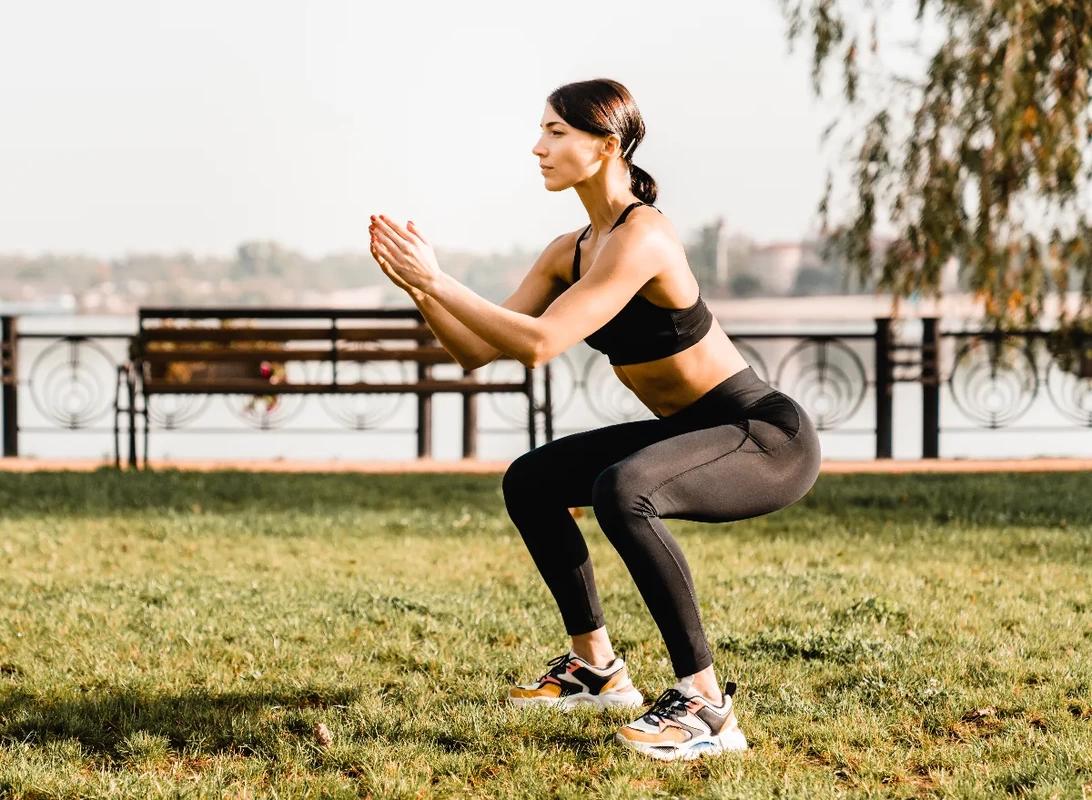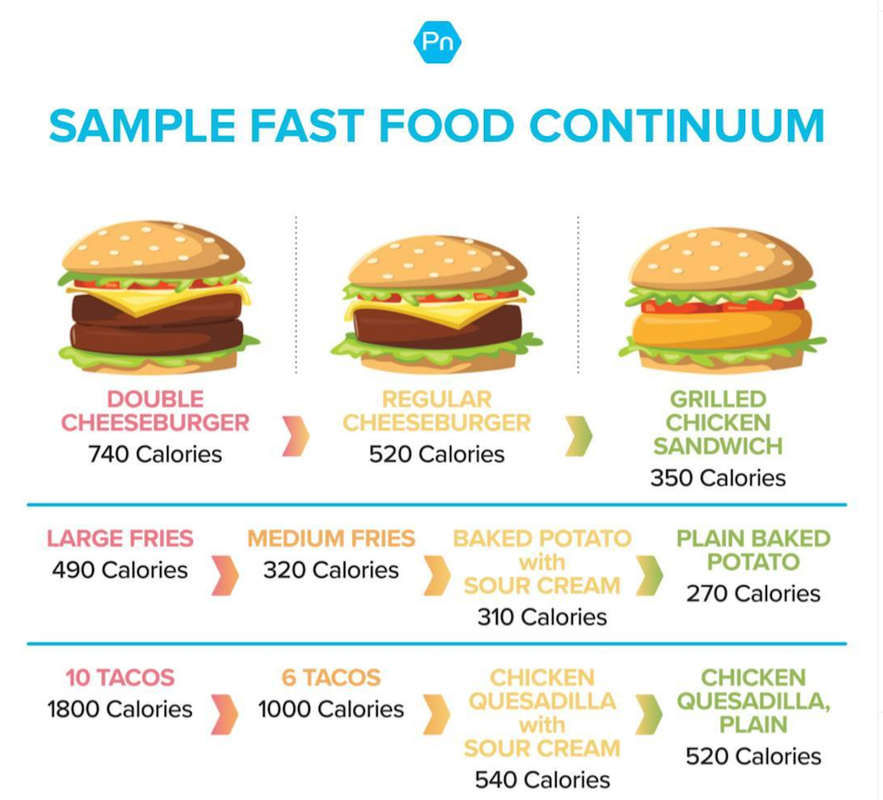 Squat exercises aren’t just for athletes. You can do them as part of your regular exercise routine. They strengthen your lower body, targeting your glutes and quadriceps. They also make you use your core muscles. Other muscles that benefit from squats are:
Squats burn calories and might help you lose weight. They also lower your chances of injuring your knees and ankles. As you exercise, the movement strengthens your tendons, bones, and ligaments around the leg muscles. It takes some of the weight off your knees and ankles. They help make your knees more stable, too. What’s more, squats may also help boost your bone mineral density for stronger bones. It adds strength to your skeleton, mainly in the spine and lower body. Squats improve your flexibility, too. As you become older, your tendons, muscles, and ligaments become less elastic. Regularly doing squats can help slow down this process and limber you up. Squats help you feel and look good. Squatting helps shape up your legs and butt since it targets the glute and inner thigh muscles. As your buttocks become firm, your posture and balance might improve. How to Do Squats Do squats the right way to protect yourself from getting injured. Poor form can take a toll on your spine and knees over time. The right way to do a squat is to:
Squats are one of the most effective strength-training exercises around. If you’re not working out already, talk to your doctor before you get started. They can let you know if squats are safe for you to do. You might also want to think about working with a professional strength trainer, who can make sure you’re using the right form.
0 Comments
 You might have some fitness goals that you want to achieve. Maybe you want to lose weight or get in shape for a special occasion. Whatever your fitness goals are, self-discipline is essential for success. Sticking to a workout routine and seeing results takes dedication and commitment. Why Should You Set Fitness Goals? Goals give you something to strive for and help to keep you on track. They can also help to increase your sense of accomplishment when you reach them. Without goals, you may exercise for no apparent reason or direction. This can lead to discontent and a lack of motivation. What are the Steps of Self Discipline for Fitness Goals? 1. Set Clear and Achievable Goals Setting fitness goals helps you stay motivated and on track with your fitness journey. But it’s important to set goals that are both clear and achievable. When they are clear, you know how to achieve them. And when your goals are achievable, you’re more likely to stick with your fitness routine and see results. 2. Create a Plan of Action A plan of action is essential to achieving your goals. Without this, it’s easy to get sidetracked and give up on your fitness goals altogether. Creating a plan of action for your fitness goals can be as simple as writing down what you want to achieve and then taking small daily steps to get there. Moreover, when you have a plan, you’re more likely to stick to it because you’re accountable to yourself. You’ll know if you skip a workout or choose unhealthy food because it’s written down in your plan. 3. Set Regular Reminders One way to ensure you stay disciplined is by setting regular reminders for yourself – put them in your calendar, set alarms on your phone, or write them down where you’ll see them every day. Seeing these reminders will help keep fitness at the forefront of your mind. 4. Find an Accountability Partner Finding an accountability partner is the most effective way to stay on track with your fitness goals. This could be a friend, family member, coworker, or anyone who shares your fitness interests. Having someone to hold you accountable will help you stay motivated and on track during your fitness journey. What Should I Do If the Motivation Is Gone? It’s natural for motivation to come and go when you’re working towards a fitness goal. The key is to have a plan in place for when those motivational ebbs occur. If you’re feeling lost, you can review your goals. Why did you start working towards this goal in the first place? What are the benefits of reaching your goal? Remembering why you’re working towards your plan can help reignite your motivation. If that doesn’t work, try something new if you’re bored with your current workout routine. Adding variety to your workouts helps you to engage and be motivated. Achieve Your Fitness Goals Today Building self-discipline is key to achieving any fitness goal. It requires setting realistic goals, planning to achieve them, and staying motivated throughout the process. There will be setbacks along the way, but if you stick to your plan and don’t give up, you will eventually reach your goals. If you have difficulty achieving your fitness goals, a personal trainer can be a great option. Contact us at Lincoln Personal Training anytime to talk more!  If you’re feeling a little out of shape as you get back into your fall routine, you’re definitely not alone. Summer vacation can mean more frequent opportunities to stray from healthy meal choices and regular workouts. There’s no need to wait for the new year to make fitness resolutions. September is the perfect time to give your health and fitness goals an overhaul. Here are 5 reasons September is a great time to start fresh with fitness: 1. You're rested and re-energized from summer vacation Let’s face it, exercise requires energy and motivation. It’s a positive challenge, but a challenge no less. Taking a break from time-to-time to rest and re-energize can renew your motivation so you can dive back into a fitness program. 2. Fewer distractions During the summer, it can be easy to choose a day at the beach with your bestie, or a barbeque get together with workmates instead of hitting the gym. Fewer distractions and a more structured routine in the fall mean you can focus more on your fitness goals, while not being as tempted by summertime outings. 3. Take advantage of ideal temperatures In winter, the days can be so short and cold that you barely remember seeing daylight by the time you’ve finished your work/school day. The conditions may drive you to choose couch time over crunch time. In early fall, there are plenty of days left with good weather and lots of light. Make the most of it by biking or jogging to work a few times a week. You can also set aside some time after school or work to throw the ball around, or play a sport with friends or family. 4. Everyone is back to a routine No need to worry about FOMO in September, because everyone is getting back to normal life. Creating a new routine that you can stick to is easiest if you hold yourself accountable. Hire a Personal Trainer, coordinate workouts with a fitness friend, and develop a training plan that will work into your weekly schedule. As you ease back into a routine, the likelihood of sticking to it once winter sets in will be much higher. 5. New year's can be your target instead of your baseline As you say goodbye to summer, looking forward to a schedule that allows you time to get in regular workouts and make healthier choices can bring much needed comfort and structure. It can also put you ahead of the game. You’ll be fitter and feeling stronger way before everyone else is making their new year’s resolutions. Settling into a schedule after a fun-filled summer is a perfect opportunity to kickstart a new fitness routine, or kick the dust off of your old workout program. With hibernation and holidays ahead, you can also modify your goals to ensure you can maintain balance and focus. A back-to-routine approach to fitness can reinforce your motivation and your mental well-being as the winter months approach.  How Stephen Lost 80 Pounds Eating Fast Food “Starting tomorrow, no more Lucky Charms, takeout pizza, or McDonald’s! I’m only eating home-cooked meals made from whole foods.” If you can relate, welcome to the club. It’s human nature to try to completely overhaul your diet overnight. The problem: It’s also really, really hard to do. Which is why—for most of us—it doesn’t work out so well in the long run. But what if you took a different approach? One that’s… a lot easier. And can include… Lucky Charms, takeout pizza, and McDonald’s. Not just once in a while but daily. That’s what Stephen Box did—and it helped him transform his whole life. Here’s his story… At the beginning of his fat loss journey, Stephen wasn’t willing to give up fast food. He ate it every day, a couple of times a day. Because he loved it. And it was convenient. Rather than give it up, he set a very different challenge for himself: Find a way to lose fat while still eating pizza, tacos, and burgers. First, he downsized his meals—ordering fewer slices of pizza, fewer tacos, and smaller burgers and fries. Eventually, he made different choices altogether, such as getting baked potatoes instead of fries, and grilled chicken sandwiches instead of burgers, as the graphic above shows. “I lost the first 40 pounds that way,” says Stephen. Over time, Stephen was willing to make bigger changes, like cooking some of his meals at home. His fast food burger turned into one made from lower-fat beef. The refined bun became a whole grain one. And he stacked it with lots of veggies. “Rather than aiming for the best choices, all you really need to do is continually make slightly better choices,” says Stephen, who ultimately went on to lose 80 pounds while becoming a strength and nutrition coach along the way. To do that… Consider these questions:
Maybe it sounds too boring. Or too slow. But it’s not the big, dramatic overnight changes that stick. It’s the one small change you make and can keep doing consistently, day after day. And when that becomes just part of what you do, you add another small change that you can do consistently. Pretty soon, those small changes stack on top of each other—and add up to an amazing transformation. Just ask Stephen. |
AuthorBrian Lowe Archives
January 2024
Categories |

 RSS Feed
RSS Feed